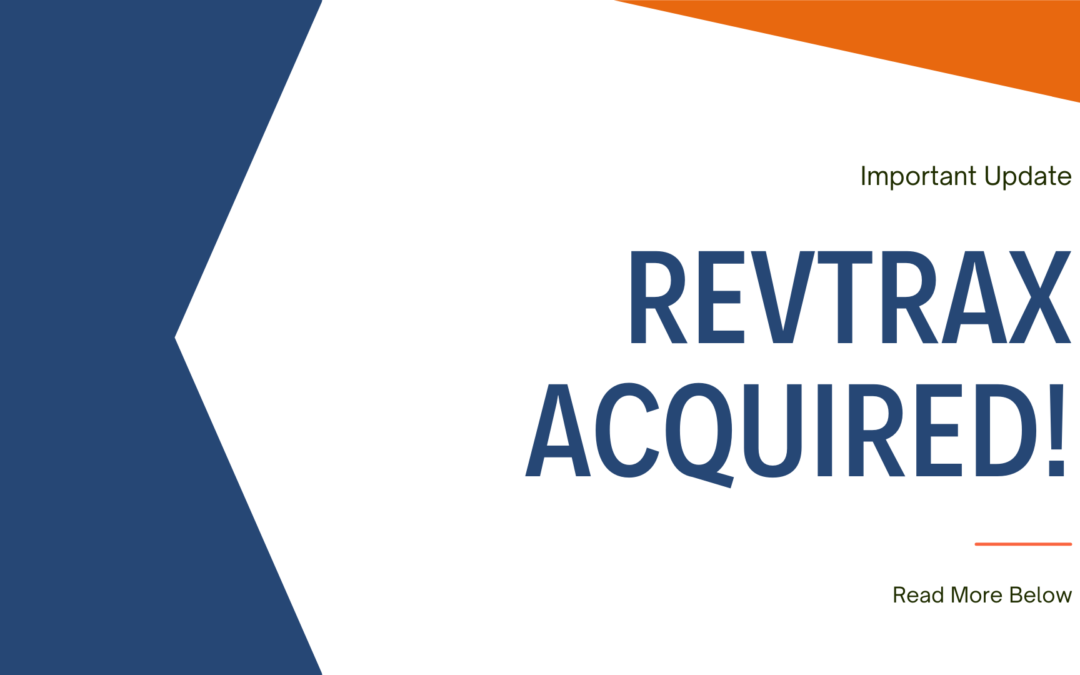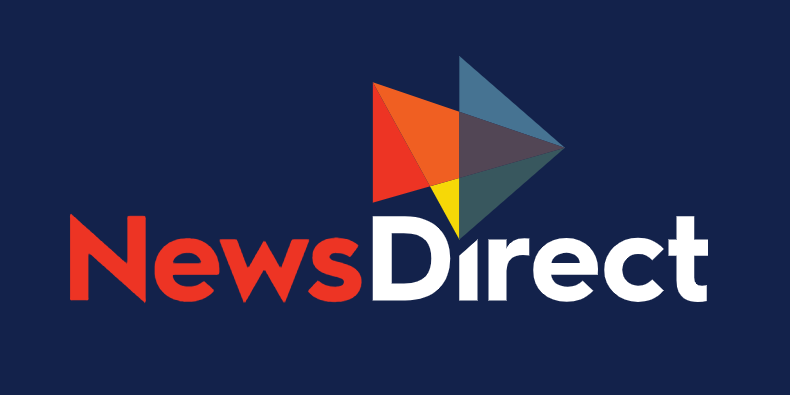Freestanding Insert (FSI) Distribution Holds On – But How?
Promotions industry executives, and self-declared pundits, often claim that the demise of the printed freestanding insert is imminent, soon to be replaced by digital promotion incentives. Some market data supports this assertion: FSI distribution is stagnating, newspaper home-delivery is dwindling, and FSI redemption rates are declining. According to Inmar’s 2015 Promotion Industry Trends Report, printed free-standing-insert redemption rates in 2015 averaged only 0.39%, or 256 coupons distributed to generate a single in-store conversion – down from 0.58%, or 172 coupons to generate a single redemption in-store in 2010. How can FSI still account for nearly 90% of all coupons distributed?
Cost Efficacy of Freestanding Inserts
FSI remains the dominant promotion distribution method simply because it remains an extraordinarily cost-effective mass redemption channel – FSI still delivers in-store redemptions at scale, and does so efficiently – at a distribution cost of roughly $0.35 per redemption. For comparison, mass DFSI distribution costs per redemption can easily be 3X those of FSI. If you’ve ever wondered why mass digital distribution has yet not overtaken FSI distribution, it may well be that a digital way of delivering anonymous, one-size-fits-all promotions to a mass audience has not turned out to be a better distribution mousetrap than FSI, just a much more expensive one.
Cost per Redemption, not Cost per Print
RevTrax recently completed a number of Promotion Value Benchmarking assessments – in-depth analyses of thousands of promotional offers distributed across more than a dozen online and offline channels, including FSI, DFSI, load-to-card, direct mail, product sampling, in-store coupons and personalized incentives. Our strict apples-to-apples methodology measured and compared the channel distribution and promotion discount costs required to move a single product unit. A Promotion Value Benchmarking Analysis defines the relative costs of – and value delivered by – promotions in multiple distribution channels. Here we’ll focus on the distribution cost-effectiveness side of the equation: how much distribution investment is needed to deliver a single redemption in-store? The results were surprising.
A Promotion’s Purpose
There’s a reason that marketers continue to invest billions of dollars in all methods of coupon promotions year after year: many of those promotions do their job, and deliver redemptions in-store. The distribution costs for those redemptions by distribution channel vary wildly, however. Even with low (and steadily declining) redemption rates, FSI still represents a good distribution value at approximately $0.35 of distribution costs per redemption. Digital mass distribution (DFSI) and load-to-card distribution are nearly 3X and 2.5X less cost-effective respectively in delivering redemptions in-store than distribution for printed freestanding inserts.
| Delivery Channel1 | Estimated Distribution Costs Per Redemption2 | |||
|---|---|---|---|---|
| FSI | $0.35 | |||
| DFSI | $1.00 | |||
| L2C | $0.84 | |||
| 1:1 Register Coupons | $1.92 | |||
| 1:1 Digital Coupons | $0.30 | |||
| 1) Redemption rates used in calculations from Inmar’s Promotion Trends report 2) Distribution costs per redemption calculated using our proprietary Promotion Value Benchmark methodology |
||||
Personalized AND Cost-Effective?
Mass distribution does not always mean cost-effective distribution, and personalized 1:1 offer distribution does not have to be expensive distribution. Because personalized 1:1 offers are by definition designed to be the right offer delivered to the right person at the right time, redemption rates are generally much higher, driving distribution costs per redemption much lower. Our Promotion Value Benchmarking analyses identified that personalized 1:1 digital coupon distribution (via brand site, email, social, search and customer service) is actually more cost-effective than printed freestanding inserts – $0.25 to $0.30 per redemption, vs. $0.35 per redemption for FSI.
Personalized digital promotions deliver such a strong distribution cost advantage because they are intelligently personalized, and because they lead with the power and message of the product’s brand, not the discount value of the offer.
- FSI and DFSI distribution share a common attribute: they are both anonymous and impersonal. One-size-fits-all offers are presented to a mass audience, and they are not optimized for any single individual. Personalized digital promotions intelligently drive further into the conversion or purchase funnel, based on the individual shopper’s profile (which can be as simple as did this consumer print but not redeem previously?, or as complex as a proprietary CRM index), retailer redemption characteristics, category purchase history, etc.
- Brand and message matter as much or more than discount. We know that when shoppers engage with 1:1 offers within the context of a fully branded promotional offer presentation (similar to the best brand-centric freestanding inserts), that conversion increases dramatically – even with multiple brand coupon portal distribution. The personalized digital offers become more compelling when the brand has the opportunity to ‘open a conversation’ with shoppers; discussing product features, overcoming purchase barriers, partnering with preferred retailers, etc. DFSI, by contrast, makes the discount value of the offer the key headline, and often barely mentions the brand.
New Paradigm for Measuring Promotion Distribution Cost-Effectiveness
Our advice to clients is not to abandon mass anonymous coupon distribution, but we do counsel that distribution cost effectiveness should be measured, and we empower our clients to understand their capacity to drive as much intelligent, personalized (and cost-effective) 1:1 promotional distribution volume as they can. Done well, intelligent, personalized 1:1 promotion distribution can actually be 30% more cost-effective on a per-redemption basis than FSI, and 3X to 5X more cost-effective than DFSI.
A registered or intelligently-targeted consumer can be worth 5 anonymous consumers on a mass anonymous value-seekers coupon distribution site – they can be 5X more likely to redeem an offer intelligently targeted and presented with a brand-first message vs. the single-digit redemption percentage profile typically seen on a mass DFSI site (Source Inmar 2015 Trends), and these known consumers can be actively and efficiently managed to re-engage. Put another way: An audience of 1 million consumers intelligently managed with personalized, 1:1 promotions can deliver as much in-market response as 5 million unique visitors to a mass DFSI value-seeker site.
How to Do More, With Less
Marketers should know that personalized engagement can be as cost-effective (or more cost-effective) than some mass scale, anonymous distribution methods, and Promotion Value Benchmarking™ proves it. At RevTrax, it’s our mission to show clients how to deliver on the seemingly competing goals of increasing personalized 1:1 promotions, and reducing their promotion distribution costs overall. Our guiding principles are: 1) maximize the distribution potential of cost-effective 1:1 promotions investments first, and 2) if you must do mass anonymous promotion distribution at scale, then measure, benchmark and optimize the apples-to-apples costs of those mass distribution investments.
Learn how to get the most out of your digital CPG promotions — download the Noosa case study and see smart consumer insights at work.





